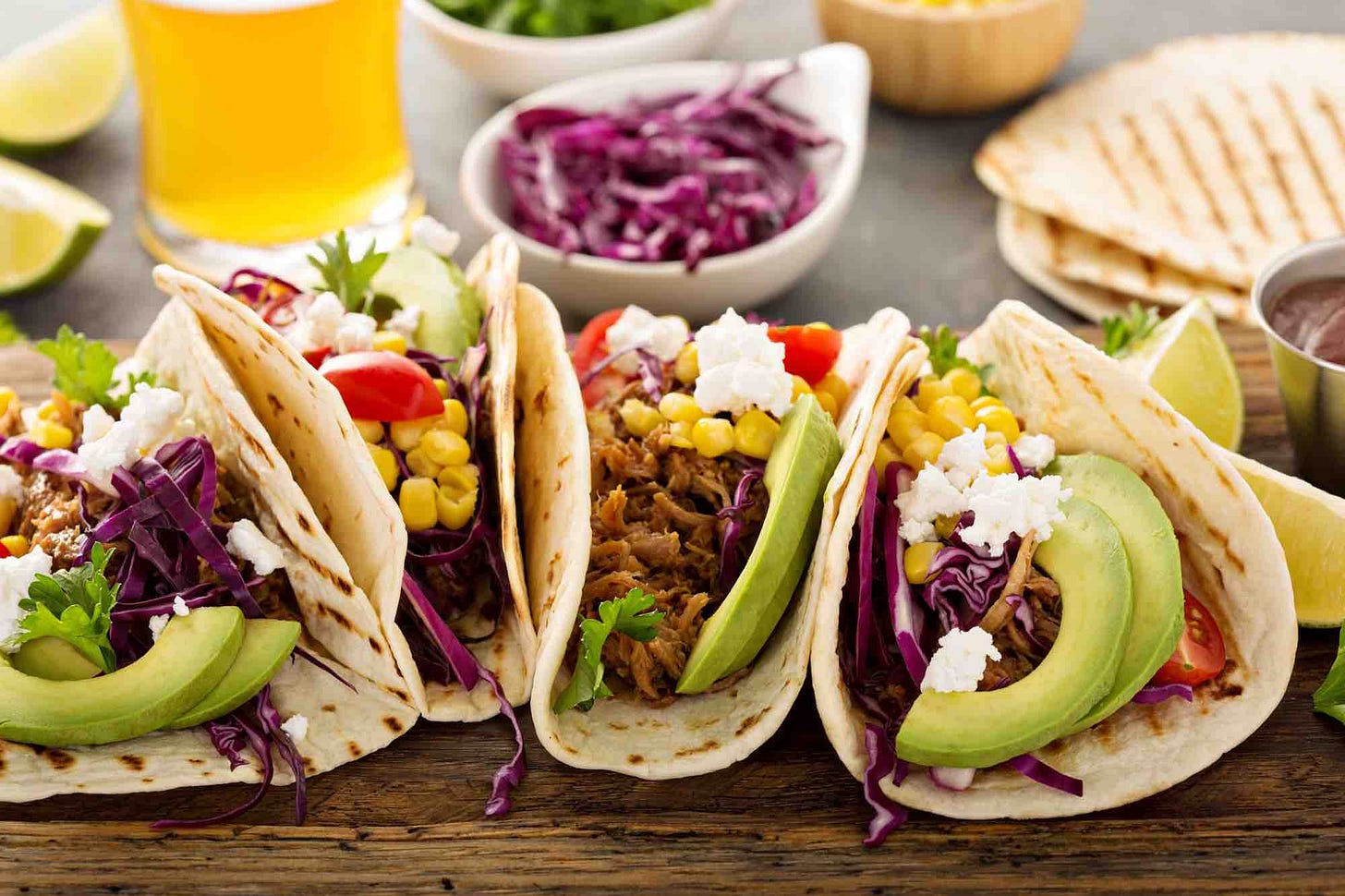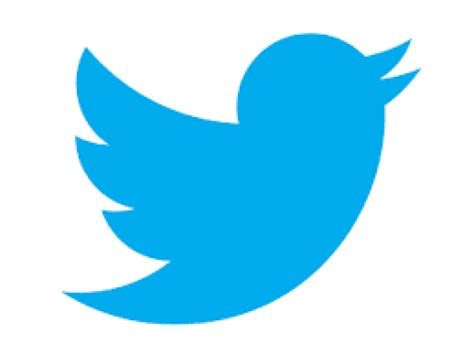It need not be difficult to reduce the amount of meat you eat and hence lower CO2 emissions
Easy ways to cut down on eating meat, going vegetarian, or even (gasp!) going vegan.
This is another “News You Can Use” to reduce your carbon output.
Over this last week, I was reminded that it has been a while since I published a newsletter on personal strategies and habits that can help save the planet. We’ve already covered a big topic, food waste. You might want to go ahead and click the link for a reminder on ways of keeping things from going to waste in your refrigerator and kitchen.
After cutting down on food waste, one of the easiest and most direct ways to lower your carbon footprint—as well as benefit the environment in other ways—is to cut down or even eliminate meat from your diet. You might think of animals as calorie aggregators. They eat plants and concentrate those calories into meat. But of all the calories that an animal eats only one-tenth of that energy gets turned into meat. So 90 percent of the calories from the corn, oats, soybeans and other produce we feed our farm animals doesn’t get to our dinner plates. All the energy that it took to plant, weed, and harvest that produce is also wasted. Going vegan makes the farm to table energy route way more efficient.
The average U.S. diet produces about 4,400 pounds of CO2 or its equivalent every year. Going meatless just one day a week reduces that figure to 3,500 pounds of CO2. A vegan diet practiced daily produces around 660 pounds of CO2 in a year, 15 percent of the standard diet.
Besides producing more greenhouse gases, meat production needs more arable land converted to agriculture, which leads to deforestation. Confined animal operations also leads to pollution of streams and groundwater.

Nutrition
Folks have told me that they fear they won’t get the nutrition that they need if their diets lack meat. First off, vegan diets are overall more healthful than diets that contain meat. You’re limiting saturated fats with a vegan diet, and saturated fats can raise your cholesterol and cause heart disease. Vegan diets also have more vitamin C and E, as well as potassium, magnesium, and folic acid. You get more roughage with a vegan diet. Vegans tend to be thinner than meat eaters and have lower blood pressure.
There is a caveat. Vegan diets are deficient in vitamins B-12 and D. They can also be deficient in iron and zinc. For me personally, I eat vegan at home, but often eat meat at restaurants. During the pandemic, staying at home all the time, I began to feel run down, and I tired easily. I thought I was just getting old, until the day that I finally ate a big juicy hamburger. Starting that very day, I began to feel great!
So that is now my strategy. I eat like a regular vegan most of the time but make a point of eating some meat occasionally, usually a couple times a month. A number of vegans I know round out their diets with vitamin and mineral supplements. At home, we cook with cast iron pans and skillets. The iron that sloughs off into our food during cooking is more than enough iron for our diet. I also make sure to have a couple pennies in our tea kettle. The zinc from the pennies slowly dissolves and becomes part of our nutrition when we make tea.
Cooking vegan is neither complicated nor expensive
If you tell certain folks that you’re adopting a vegan diet, they will try to sell you things like blenders, food processors, and lots of other kitchen appliances that you don’t need. Vegan recipes are no more complicated than dishes prepared with meat, and you don’t need those appliances any more than you do for regular cooking.
The big thing is to make some kind of commitment, deciding that you will cook vegan or vegetarian one day a week, two days a week, or whatever feels right for you. This is something that you can talk to your family or roommate about. It can be good to have the involvement and support of others.
Resources
In my previous newsletter about cutting down on food waste I included a recipe. Here, I’m just going to direct you to some resources you can use to help you get started down the road to reducing or cutting out meat.
Meatless Monday
The absolutely best place to start on reducing or cutting out meat is Meatless Monday, a world-wide campaign to get folks to cut meat from their diets one day a week. Besides recipes, they have lots of great suggestions, hacks, and workarounds to help get you started on cutting out meat. Paul McCartney is a big supporter, and you know how cool he is.
How to cook beans
Sometimes when I talk about cooking and eating a vegan or low meat diet, the subject of beans, the source of most of our protein in our home-cooked meals, comes up. For a lot of folks cooking beans fills them with anxiety and worry. They would rather have their spleens removed than cook beans.
But beans are actually easy to cook. They can be quite tasty. And, as this exceptionally well written web page from the University of Nebraska points out, if prepped and cooked correctly, there is no need to worry about flatulence.
Vegan 8
This site has delicious vegan recipes, and each recipe is guaranteed to have no more than eight ingredients.
Fat Free Vegan
My wife uses this one a lot. Not only are the recipes vegan, they are fat free. They are nonetheless really tops and delicious.
Cookie and Kate
A fun vegetarian website.
For more environmental science & news follow me on Twitter @EcoScripsit.


